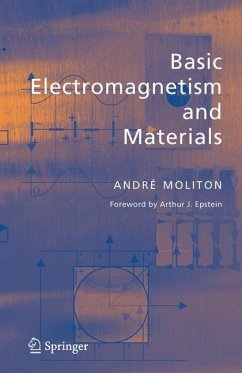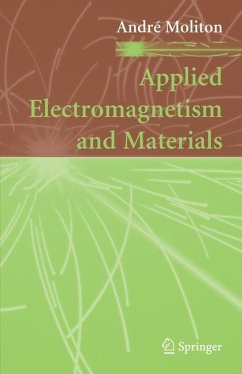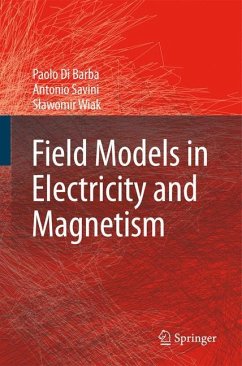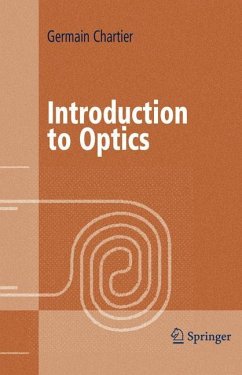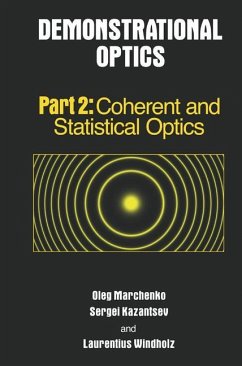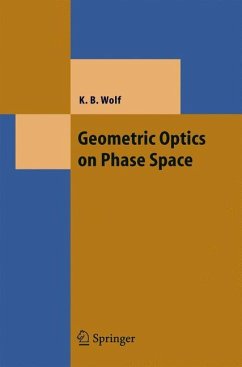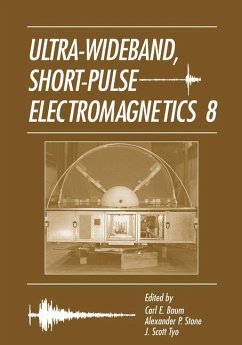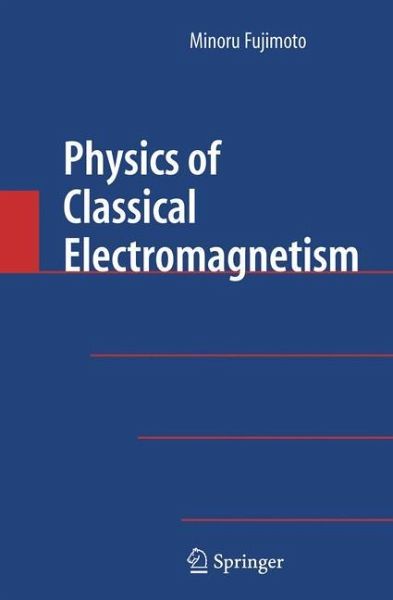
Physics of Classical Electromagnetism

PAYBACK Punkte
42 °P sammeln!
The Maxwell theory of electromagnetism was well established in the latter ni- teenth century, when H. R. Hertz demonstrated the electromagnetic wave. The theory laid the foundation for physical optics, from which the quantum concept emerged for microscopic physics. Einstein realized that the speed of electrom- netic propagation is a universal constant, and thereby recognized the Maxwell equations to compose a fundamental law in all inertial systems of reference. On the other hand, the pressing demand for ef?cient radar systems during WWII accelerated studies on guided waves, resulting in today...
The Maxwell theory of electromagnetism was well established in the latter ni- teenth century, when H. R. Hertz demonstrated the electromagnetic wave. The theory laid the foundation for physical optics, from which the quantum concept emerged for microscopic physics. Einstein realized that the speed of electrom- netic propagation is a universal constant, and thereby recognized the Maxwell equations to compose a fundamental law in all inertial systems of reference. On the other hand, the pressing demand for ef?cient radar systems during WWII accelerated studies on guided waves, resulting in today's advanced telecommu- cation technology, in addition to a new radio- and microwave spectroscopy. The studies were further extended to optical frequencies, and laser electronics and - phisticated semi-conducting devices are now familiar in daily life. Owing to these advances, our knowledge of electromagnetic radiation has been signi?cantly - graded beyond plane waves in free space. Nevertheless, in the learning process the basic theory remains founded upon early empirical rules, and the traditional teaching should therefore be modernized according to priorities in the modern era. In spite of the fact that there are many books available on this well-established theme, I was motivated to write this book, reviewing the laws in terms of cont- porary knowledge in order to deal with modern applications. Here I followed two basic guidelines. First, I considered electronic charge and spin as empirical in the description of electromagnetism.



